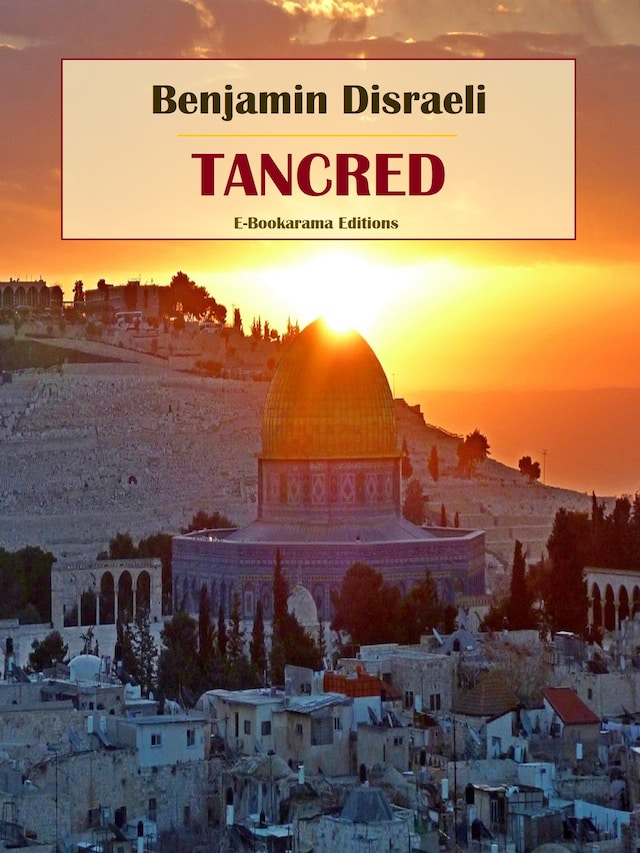
Tancred
Om bogen
Written by Benjamin Disraeli in 1847, "Tancred" (AKA "The New Crusade") completes the Young England trilogy, which began with "Coningsby" in 1844, and had its second volume in "Sybil" in 1845. In these three novels Disraeli gave to the world his political, social, and religious philosophy. "Coningsby" was mainly political, "Sybil" mainly social, and in "Tancred," as the author tells us, Disraeli dealt with the origin of the Christian Church of England and its relation to the Hebrew race whence Christianity sprang.
"Public opinion recognised the truth and sincerity of these views," although their general spirit ran counter to current Liberal utilitarianism. Although "Tancred" lacks the vigour of "Sibyl" and the wit of "Coningsby," it is full of the colour of the East, and the satire and irony in the part relating to Tancred's life in England are vastly entertaining. As in others of Disraeli's novels, many of the characters here are portraits of real personages.
"Tancred" is a complex and bizarre literary expression of Disraeli’s imperial dream to establish British rule in both the East and the West.
"Tancred" relates the journey of a young English aristocrat, Lord Montecute (Tancred), an idealistic representative of Young England disenchanted with the materialism of Victorian high society, travels to the Holy Land in search of ‘the great mystery of Asia’, as well as his own identity. In this novel Disraeli blends politics with religion when he fantasises about replacing the Ottoman Empire by British rule in Asia. In fact, Tancred has several subjects, including the shortcomings of parliamentary democracy, spiritual fulfilment, Jewishness and the origins of Christianity, racial purity and interracial love relationships, the superiority of Oriental races, the doctrine of ‘theocratic equality,’ and, finally, imperial expansion. These ideological subtexts make up a complex psychological, religious and political utopia.
 Benjamin Disraeli
Benjamin Disraeli 503 Sider
503 Sider